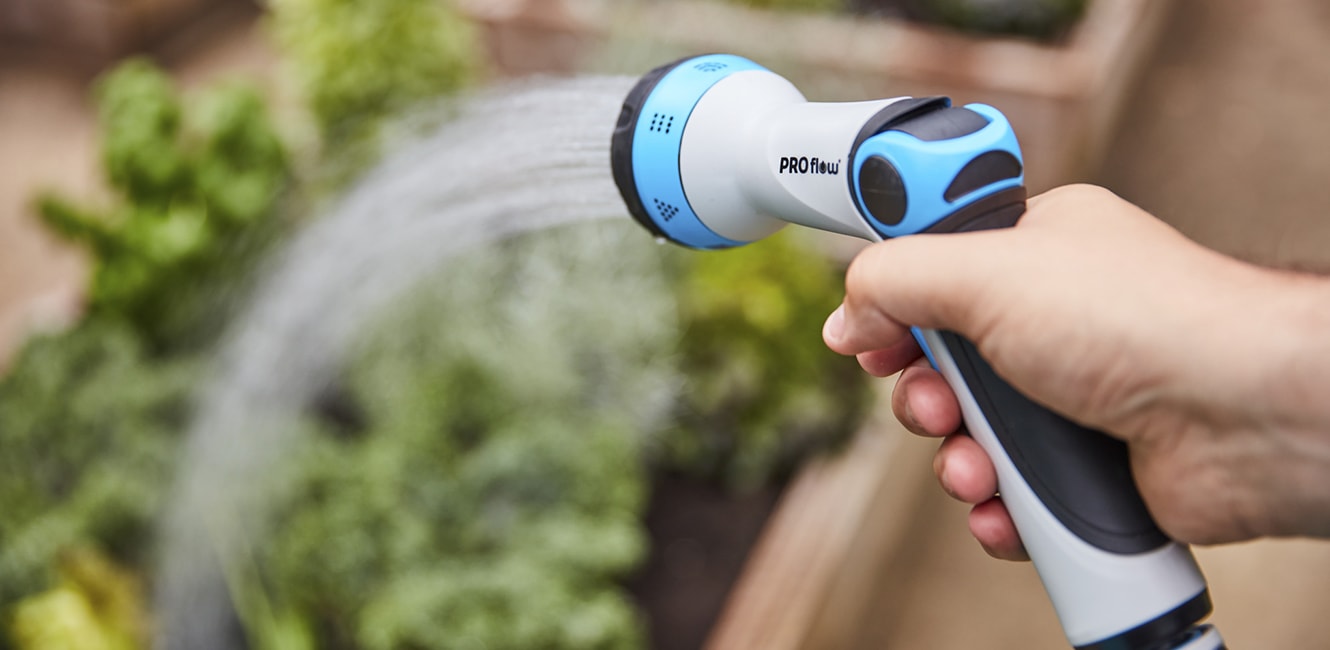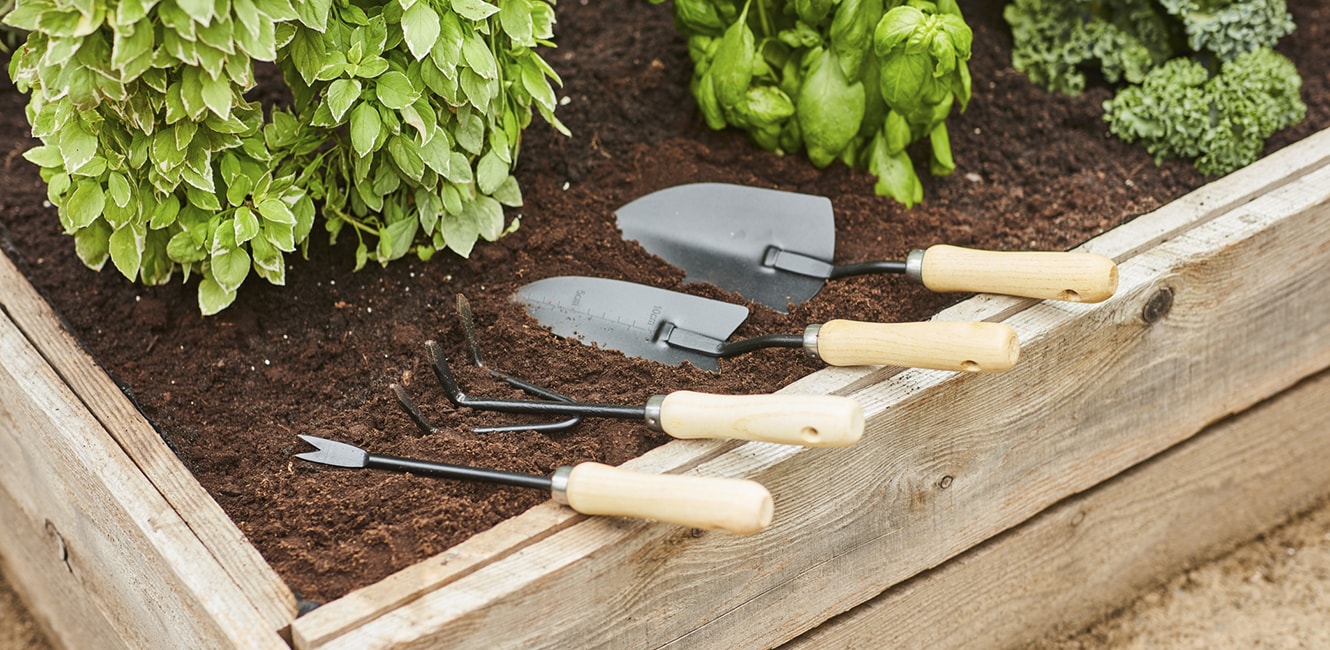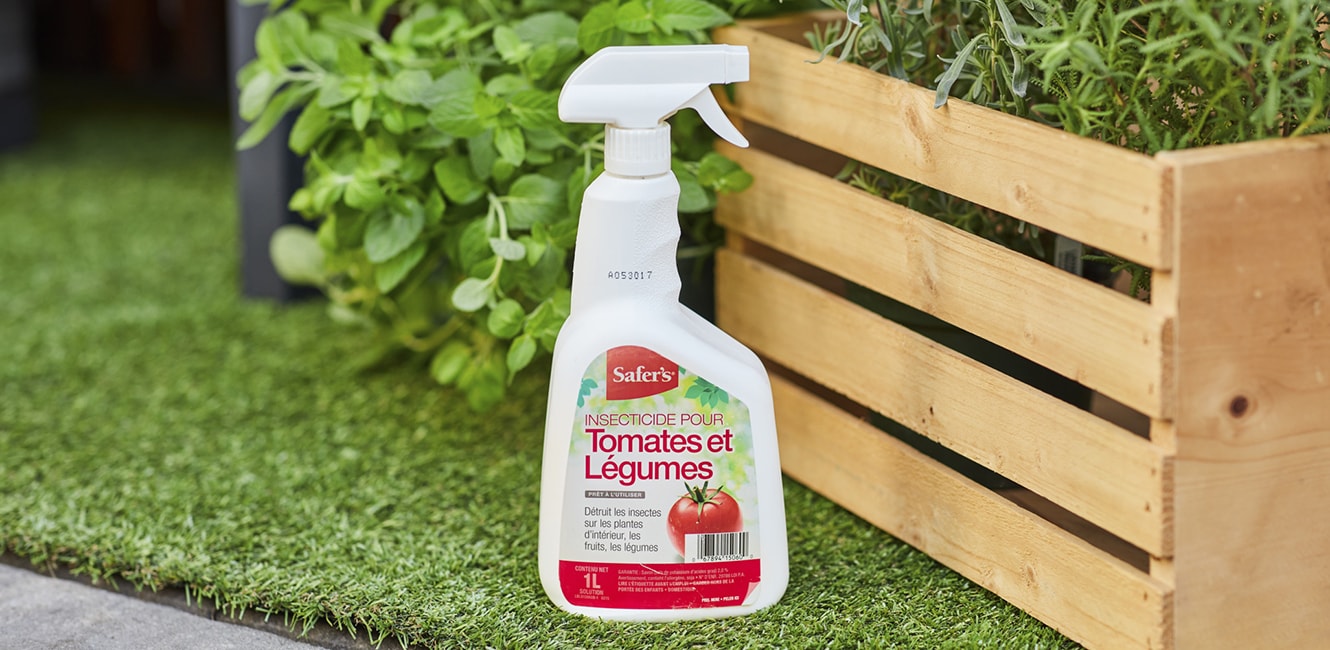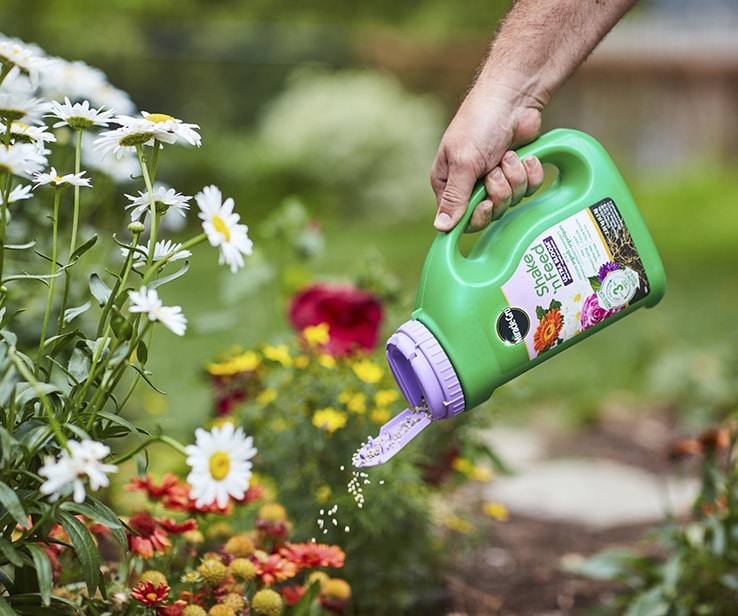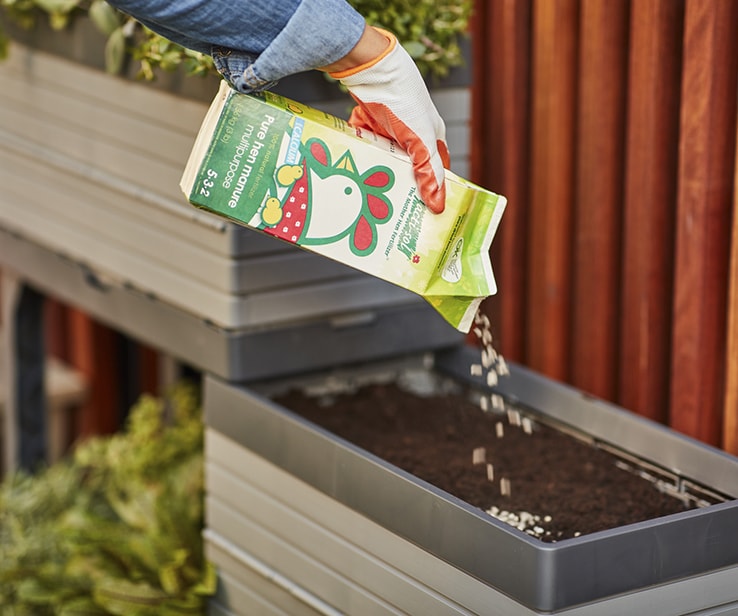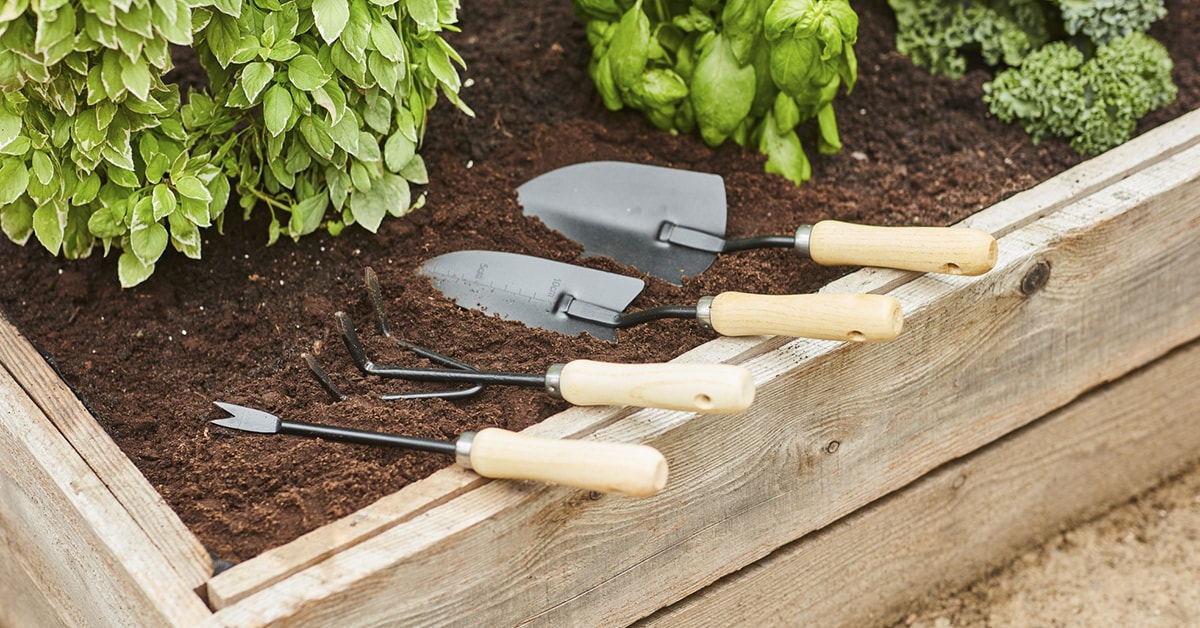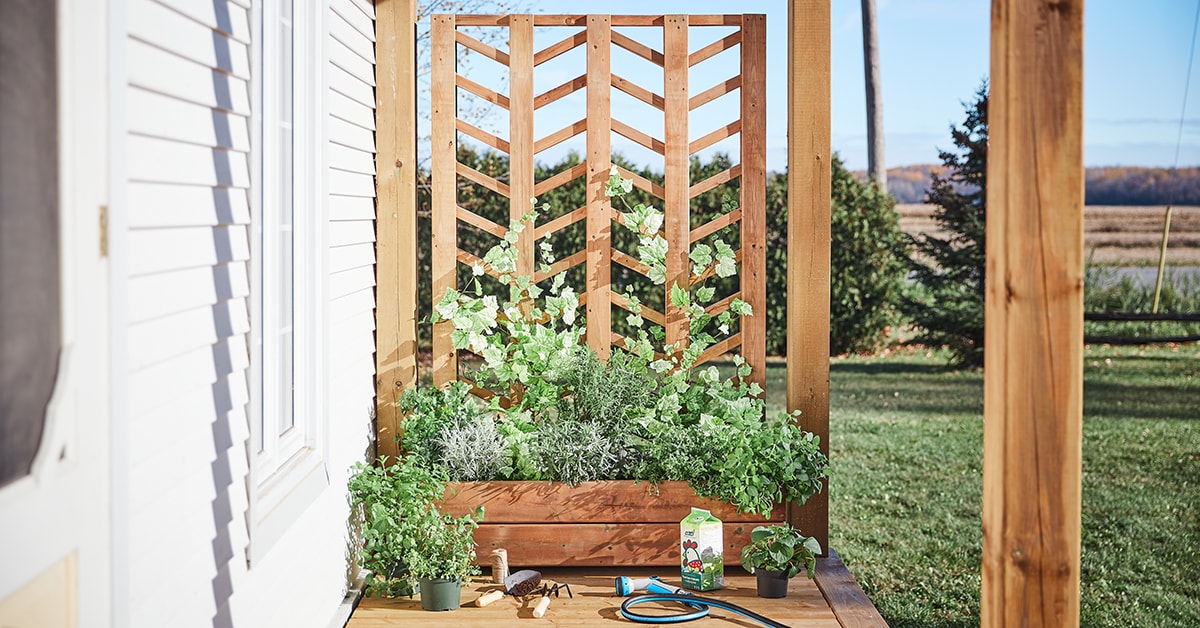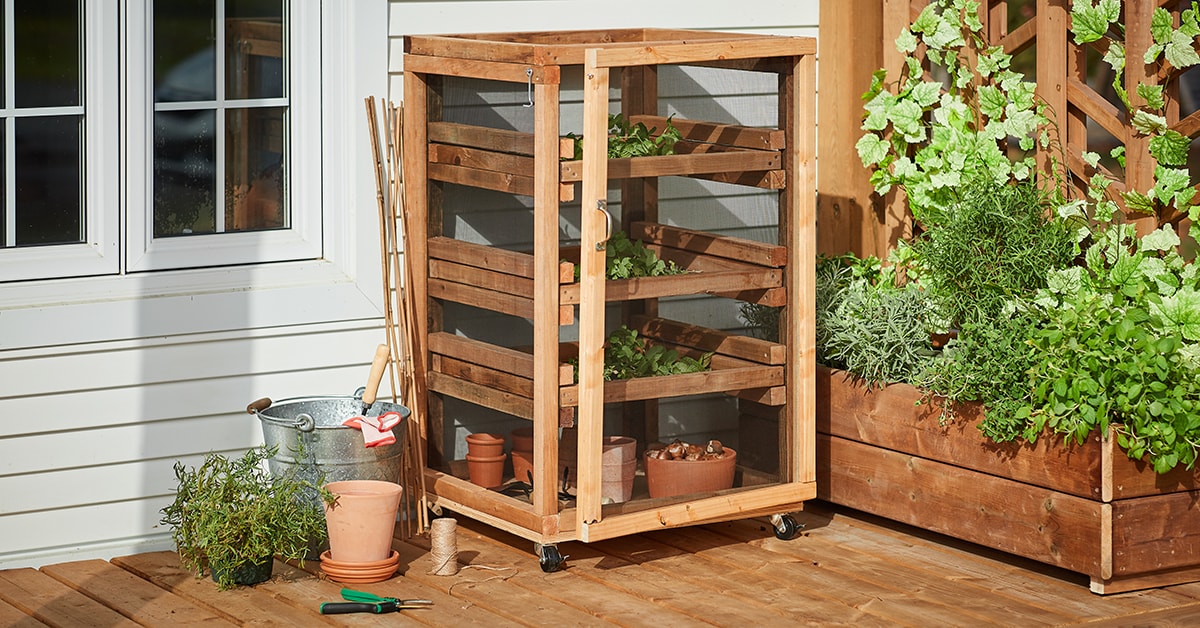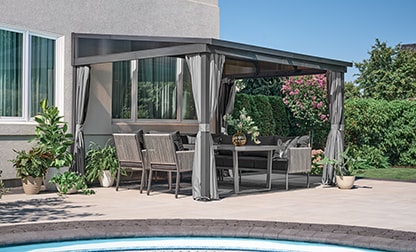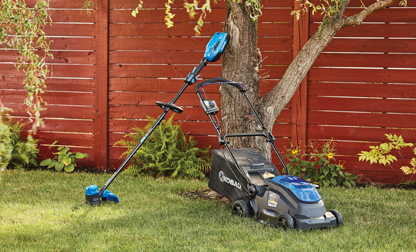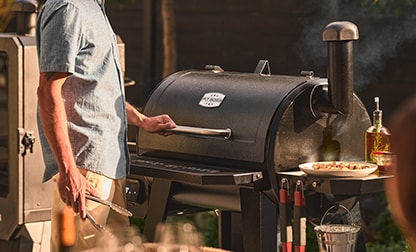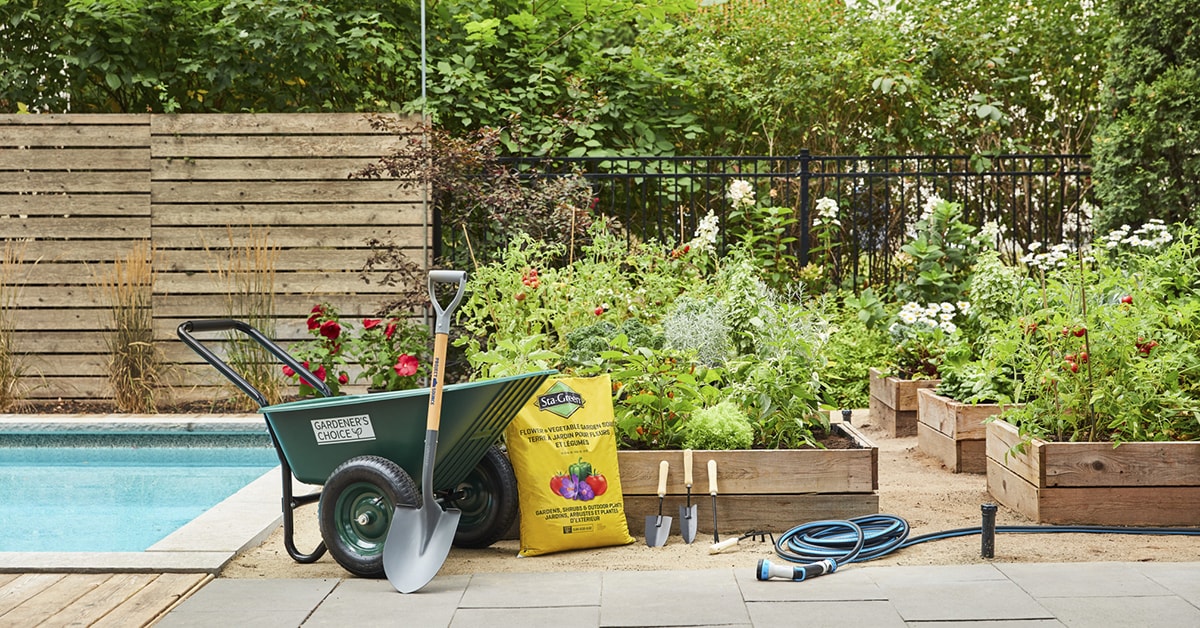
Updated on February 23, 2024
Gardening 101: All You Need to Know About Gardening
New to gardening and hoping to create stunning flower beds or a productive vegetable garden? Both gardening and landscape design require skills as well as knowledge about plants, soil, and growing conditions—which can be intimidating! Read our guide to get started.

Before You Dig In
Designing a functional garden takes a bit of forethought and prep work. Before you begin, be sure to ask yourself some questions that will help set you on the right path:
- How much room do you have for a garden?
- How much time do you want to spend in your garden?
- What is your budget for this project?
- What kind of plants are you interested in growing?
- Do you want flowers that are nice to look at or vegetables to eat?
- What kinds of vegetables or herbs do you like to use in your cooking?
Once you really dig into the planning phase, here are a few more questions to ask yourself:
- How many hours of sunlight will your garden receive in a day?
- How much rainfall does your area receive on average?
- Will your garden be sheltered from the wind?
- What type of soil is in your garden? Sandy? Heavy clay?
- Does your soil have a lot of organic activity?
- What hardiness zone do you live in and what are the dates of the first and last frost?
Ready to give your green thumbs a workout? Dig into the following steps.
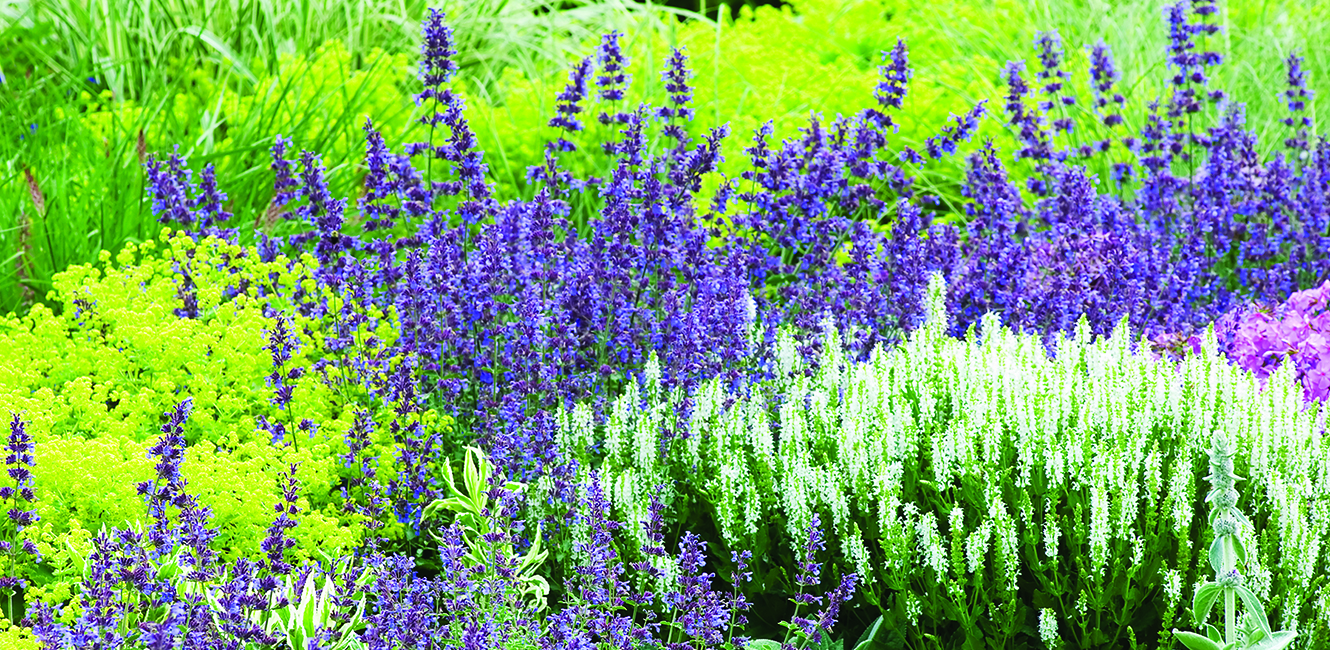
Choose the Right Plants
Plant Hardiness – Learning about your plant hardiness zone—which is based on your coldest winter temperatures—will give you an even better understanding of your climate and the types of plants that will thrive there, especially when it comes to perennials. It is also important to be aware of your first and last frost dates so that you don’t plant too early or bring your plants in too late.
Plant Diversity – Growing a wide variety of plants is a great defence against pests as your garden will attract more birds, butterflies, and helpful insects. A diverse garden is also a healthier and hardier garden, as different plants have different heights, root systems, nutrient absorptions and excretions, and levels of leaf coverage. Diversity will help you create a more sustainable and successful edible vegetable garden that promotes life both above and below the ground.
Aesthetics – The aesthetics of a plant include the dimension and shape of the plant at maturity, so don’t forget that your trees and plants will grow! Consult the tag on the plants that you purchase or, better yet, talk to a specialist at our garden centre to learn about the space requirements for the long life and health of your trees and plants.
Plant Utility – Some plants have utility beyond aesthetics and edibility, like windbreaking, noise protection, shade, and highlighting the layout.
Resistance – When choosing your plants, consider resistance to insects, diseases, and various issues such as salt and de-icing.
Pro Tip
You don’t have to give up on your garden dreams if you are in an area of low temperatures and low light. A greenhouse or grow tunnel can help you grow a thriving vegetable garden just about anywhere.
Determine Your Soil Type
- Sandy soil is easy to cultivate and it drains well, but it also dries fast and doesn’t contain many nutrients. Mulch can help with moisture retention, while soil amendments such as compost, manure, and organic fertilizer blends can add some necessary nutrients.
- Clay soil is hard to cultivate as it has few air spaces and is poor at draining. However, it is also rich in nutrients and plants can grow very well in this type of soil if you enhance and improve the drainage.
- Silty soil is rich in nutrients, good at holding moisture, easy to compact, and great for cultivation. Adding in the necessary soil amendments (such as compost or manure) to improve drainage, nutrients, and aeration can make this a fantastic growing soil.
- Chalky soil is free-draining due to its larger grains. It is also alkaline, so you’ll have to use the right pH-balancing fertilizers to prevent yellowish leaves and stunted plant growth.
As you can see, every type of soil has its own unique pros and cons. Consider which characteristics and properties are best for your garden.
Soil Nutrients – You can boost the nutrients in your soil by buying compost or making your own and then applying it to your garden beds in the late fall or the early spring. It’s also always worth it to invest in high-quality, all-purpose garden soil that is already rich in nutrients and drains well. Add a 3” layer of the new soil on top of 6-8” of your old soil and blend it in.
Soil pH – Most plants grow best in soil with a pH level between 6.0 to 7.0, so keeping your garden soil at 6.5 (between neutral and slightly acidic) is recommended. However, keep in mind that some plants prefer neutral to alkaline soil (like asparagus and ferns) while others thrive in a more acidic environment (like azaleas and blueberries). A soil test kit will let you check your garden’s pH level and determine which plants are a good fit.
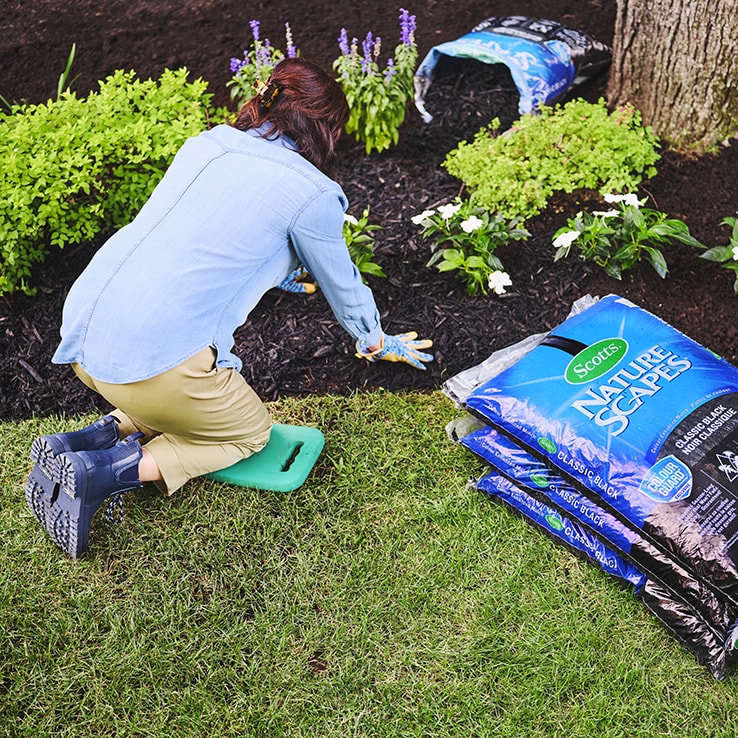
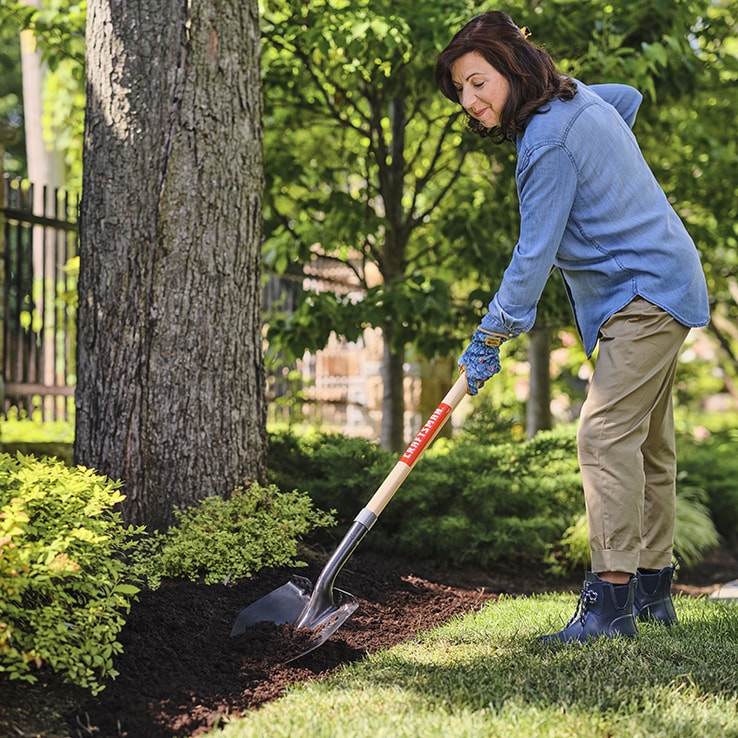
Buy the Right Amount of Soil
Pro Tip
The ground under your lawn is teeming with life, including helpful micro-organisms that are beneficial for plant roots. When you wish to start a new garden, consider no-dig methods that will disturb this ecosystem as little as possible, like lasagna gardening.
Plan Your Watering Strategy
Soil Moisture Retention – As described above, different soil types make different amounts of water available to plants. In general, your plants should be drinking roughly the equivalent of covering the ground with 1” of water a week.
Existing Water Sources – If possible, you should situate your garden near a water source, like an outside spigot. That way, you can easily run a hose right to the garden instead of needing to haul water.
Topography – Water accumulates in lower spots, so take advantage of your yard topography by growing plants with higher water needs in these spots.
Air Conditions – As temperatures rise, the drier and hotter air will cause your soil to dry out more quickly and you may need to adjust your watering habits.
Rainwater – Capture the free water falling from the sky by hooking up rain barrels to your eavestroughs and using the rain to water your garden. When the next heavy storm comes, the barrel will fill right back up again.
Irrigation Systems – A good irrigation system will take the time and trouble out of watering your garden, which can be a very labour-intensive task. Spray sprinkler systems and above- and below-ground irrigation systems both offer an excellent solution.
Plan and Install an Irrigation System Yourself
Tips for Watering Your Garden
- In the first season of growth, you’ll want to water deeply and generously once a week so that the soil is moistened down to a depth of 1’.
- Continue to water according to the plant tag instructions.
- Water gradually to prevent run-off.
- The morning is the best time to water, as the foliage will dry off more quickly. Foliage that stays wet is more prone to disease.
- Unless there is a heatwave, try to avoid excess watering.
Pro Tip
To check that you have watered enough, stick your finger down to around 3” into the soil and make sure that it is moist. You should get most of your watering done once or twice a week rather than a bit each day to encourage deeper root growth. Using a watering can or a sprinkler is recommended to avoid damage from too much water at once.
Determine Your Sunlight Levels
Full Shade (sun exposure: 4 hours) – The term “full shade” is a bit misleading as it does not mean zero sunlight. Rather, full-shade plants need as little as 4 hours of light a day. If your garden is not very sunny, choose plants that prefer these conditions.
Partial Shade (sun exposure: 4-6 hours) – If you plan to grow many partial shade plants, then you’ll want to position your garden on the east side of a structure or near a large tree that can block the sun in the afternoon.
Full Sun (sun exposure: 6-8 hours) – Creating a full sun garden can be tricky if your yard has a lot of shaded spots, but most edible plants, including fruits, vegetables, and herbs, require at least 6 hours of sunlight a day.
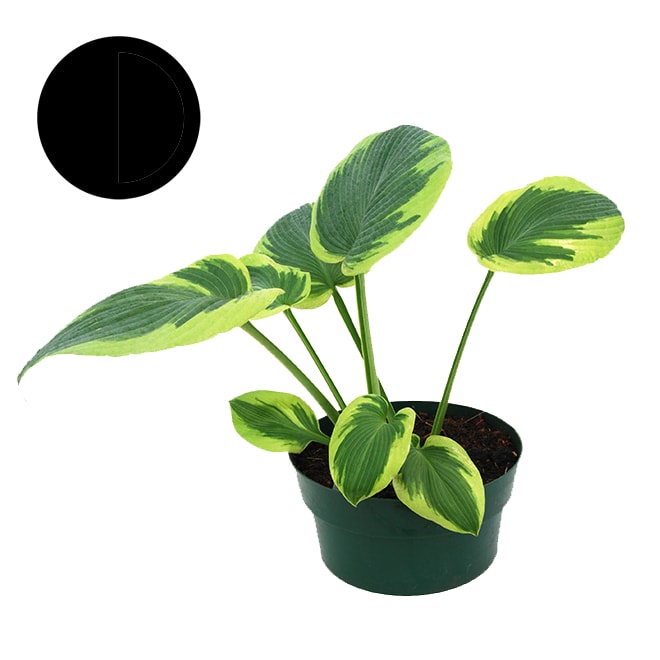
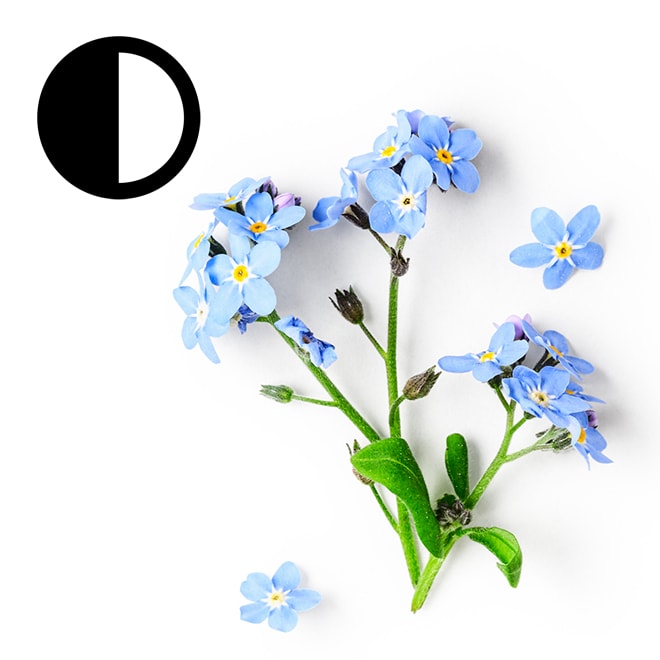
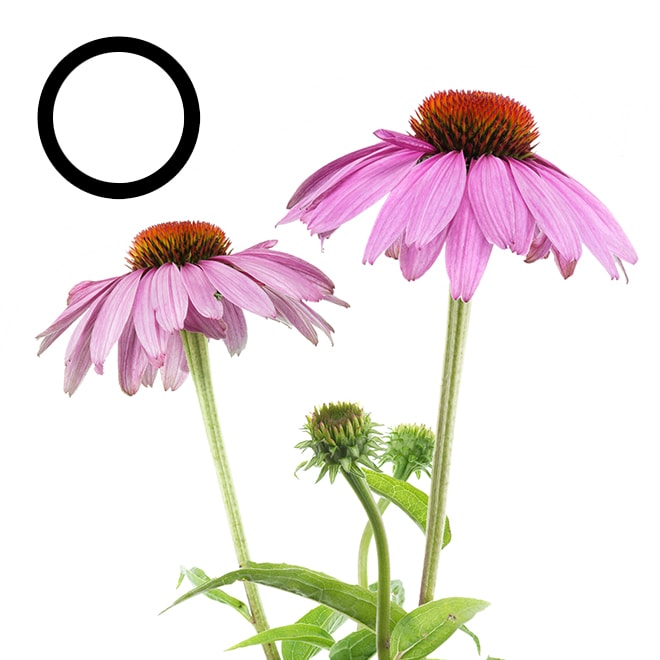
Pro Tip
If you love the look and smell of cut flowers indoors, then make sure you grow lilies, dahlias, peonies, or other long-lasting cutting types.
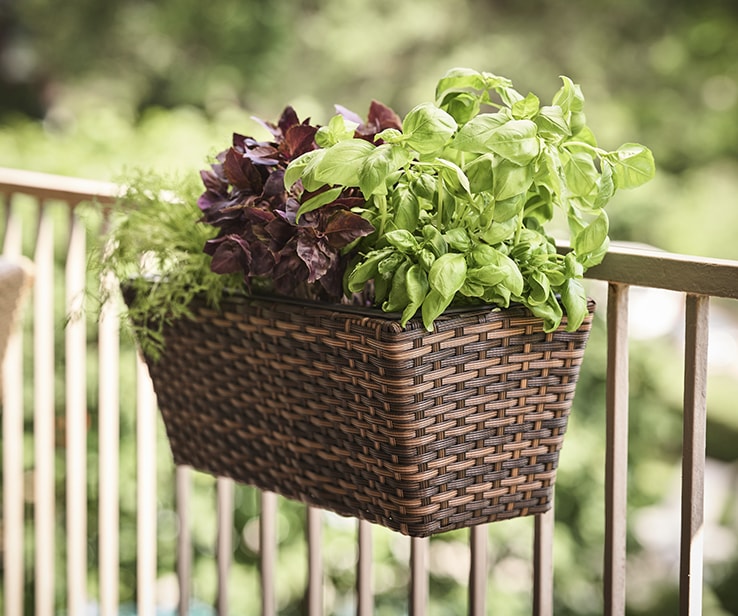
Choose an Optimal Location
Ground – The easiest and most affordable way to start a garden is to plant directly into your yard soil.
Containers – Container gardens are highly flexible and ideal for starter gardens or smaller spaces like balconies. Because the soil in containers tends to dry out faster, staying on top of watering is crucial. You will need a soil specially formulated for growing plants in containers.
Raised Beds – Raised beds are essential soil-filled wooden boxes anywhere from 6-24” tall. They require an investment to build but can be highly productive. You can opt to build your own or choose from our prefab garden beds. And don’t forget to buy topsoil that’s specially formulated for growing plants in containers!
Nearby Elements – Take note of any nearby electrical wires, structures, roads, neighbour’s lawns, already established plants, and other elements before settling on a location.
Smart Saving Tips
When planting a new garden, you have the option to start from seeds or small starter plants. Starting from seeds is typically the more affordable choice, and the good news is that flowers and vegetables are easy to grow from seeds. Once your garden is established, you can save even more by harvesting your own seeds.
Stay on Top of Garden Maintenance
Battling Weeds – Weeds are simply a fact of life, and almost every garden will have some. Regular weekly weeding will help keep them from getting out of control and choking out the other plants. Weeds are easier to pull when the soil is moist, but you can use a garden hoe in dry soil.
Keeping Plants Happy – When plants are stressed, they become more susceptible to bugs and diseases. A good combination of water, sun, and nutrients will keep your plants happy and lower their maintenance needs.
Using Pesticides – When a pest infestation takes hold, you may need to use pesticides.
Mulching – Organic mulch is magic for the garden. Laying a shallow layer of shredded bark, chopped leaves, and composted wood chips over your garden beds early in the summer will help prevent weed growth, stimulate plant roots, lock in moisture, and moderate the soil temperature.
Nourish Your Plants with Fertilizer
- Fertilize in spring before the beginning of vegetation.
- It is preferable to select organic, granular fertilizers over soluble ones.
- Note that the type of fertilizer needed for trees, leafy shrubs, conifers, and no-flower climbing plants has a formula similar to 5-2-2. Plants that flower can receive a fertilizer that contains less nitrogen, like the 3-3-5.
- It is better to apply fertilizer to the soil under the perimeter of the branches for better absorption by the roots.
- Fertilize heavy-duty plants by digging a hole between 5-12” deep to incorporate the granular fertilizer.
- Space out the holes by 1’ in the case of small shrubs, conifers, or trees, and 2’ for heavy-duty plants.
- Water and fill the holes in the ground.
Pro Tip
The recommended dose of application is generally based on the size of the plant and the type of formulation. The dosage is indicated by manufacturers.
Before using soil amendments or a fertilizer, always read the label of the product and carefully follow the manufacturer’s recommendations. Pay attention to the method of use, precautions to take before, during and after the use of the product, and how to safely store it.
Fertilization of Woody Plants
- In many cases, it’s not necessary to add fertilizer to woody plants throughout the season.
- You never have to fertilize this category of plant after mid-July, in order to favour cold hardening—the transformation of wood branches and/or ripening of fruits–plants before winter.
- If the plants show strong growth and are large in size, it’s not necessary to fertilize them each year.
Protect Your Garden Over the Winter
Curious to Learn More?
- Guide to Growing a Vegetable Garden
- How to Grow an Organic Vegetable Garden
- Companion Planting: What to Plant in Your Garden
- How to Grow Your Own Seedlings in a Few Simple Steps
- Vegetable and Fresh Herb Sowing Calendar
- 10 Plants and Flowers to Attract Birds and Pollinators
- Choosing outdoor plants
- How to Design a Beautiful Flower Garden
- Eco-friendly maintenance of annuals planted in the ground
- How to Choose the Right Lawn and Plant Fertilizer
- Fall Garden Care in 8 Simple Steps
- Best Plants and Flowers for Your Fall Garden









